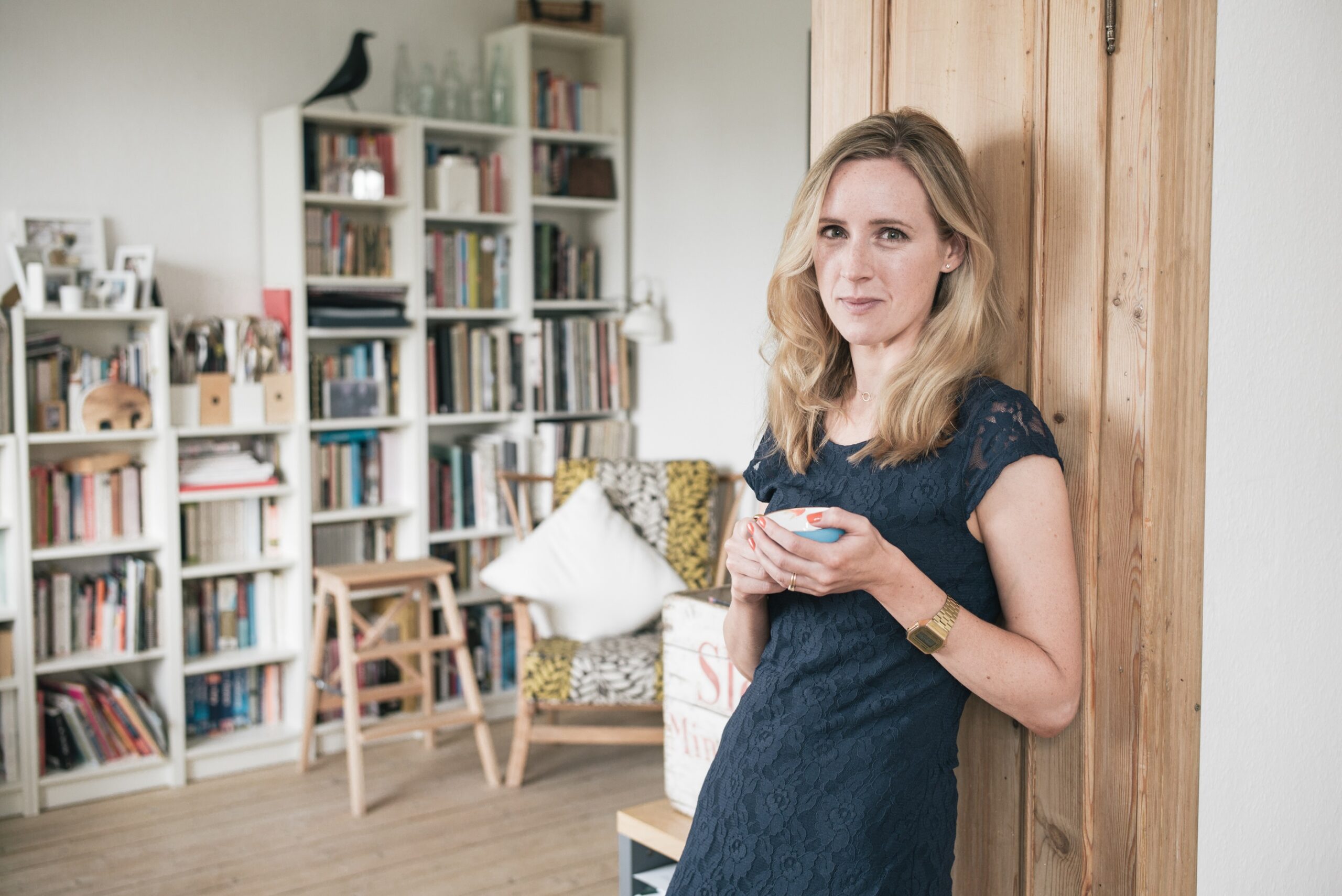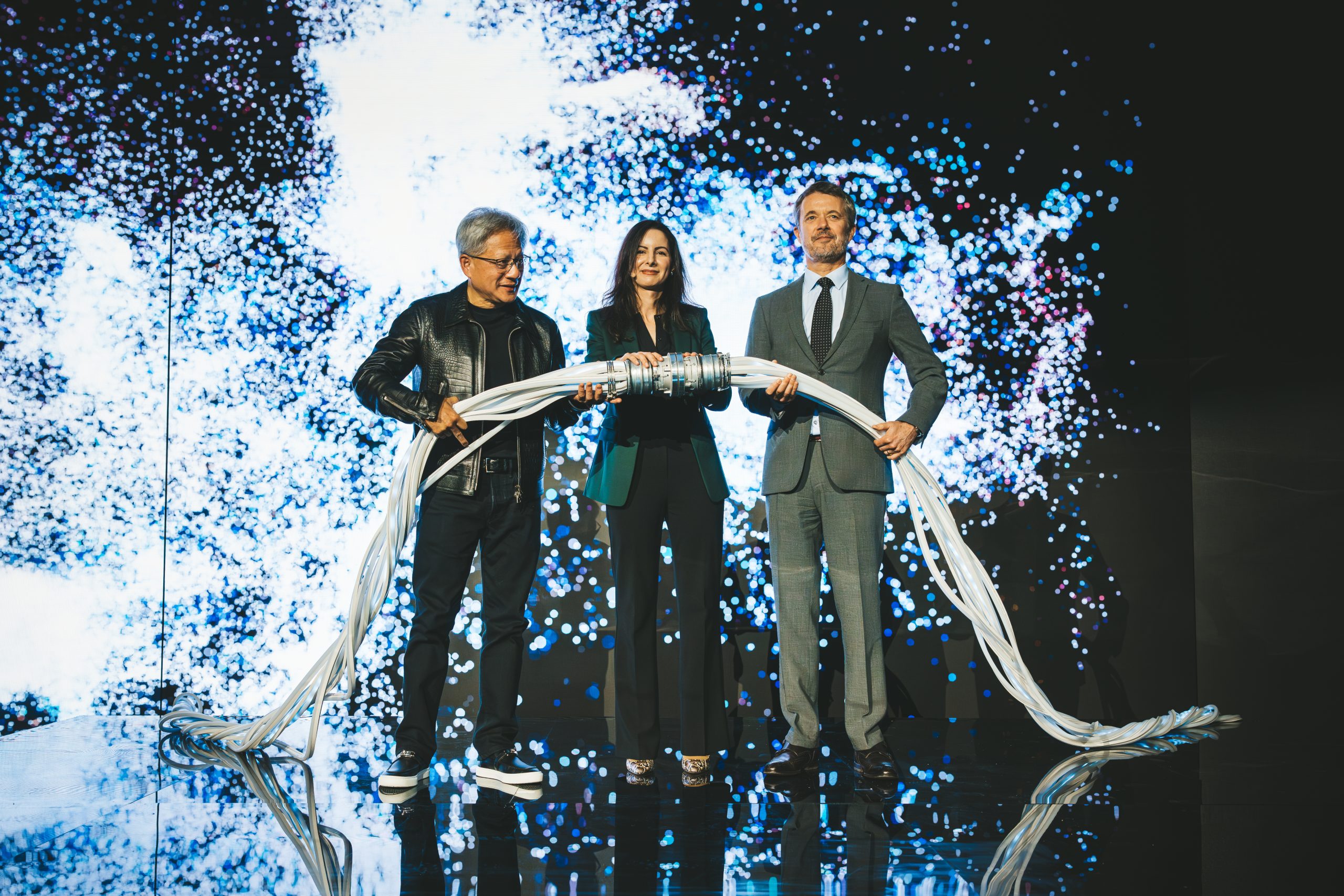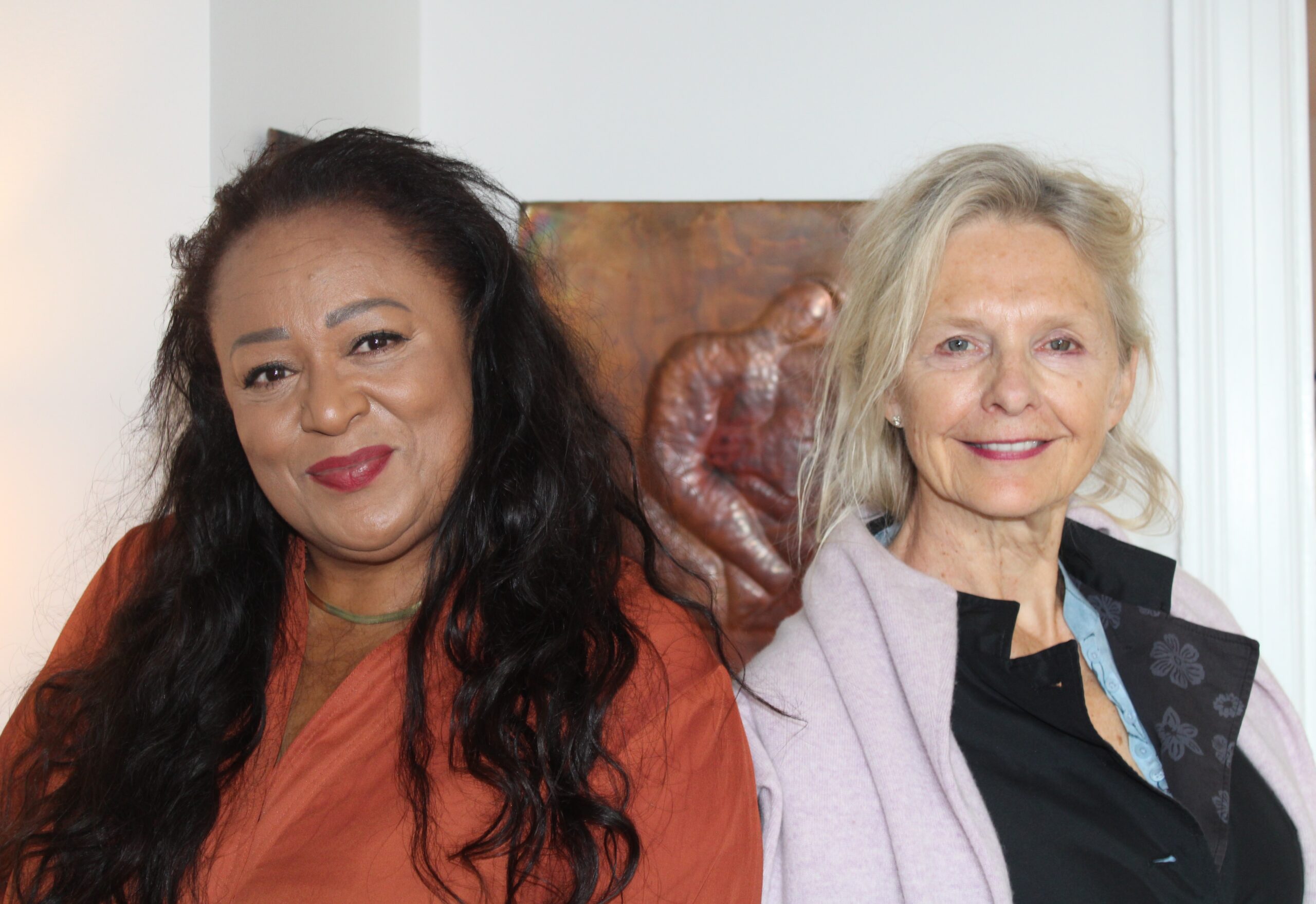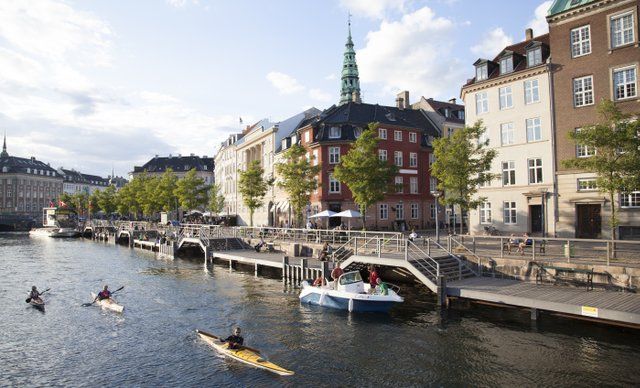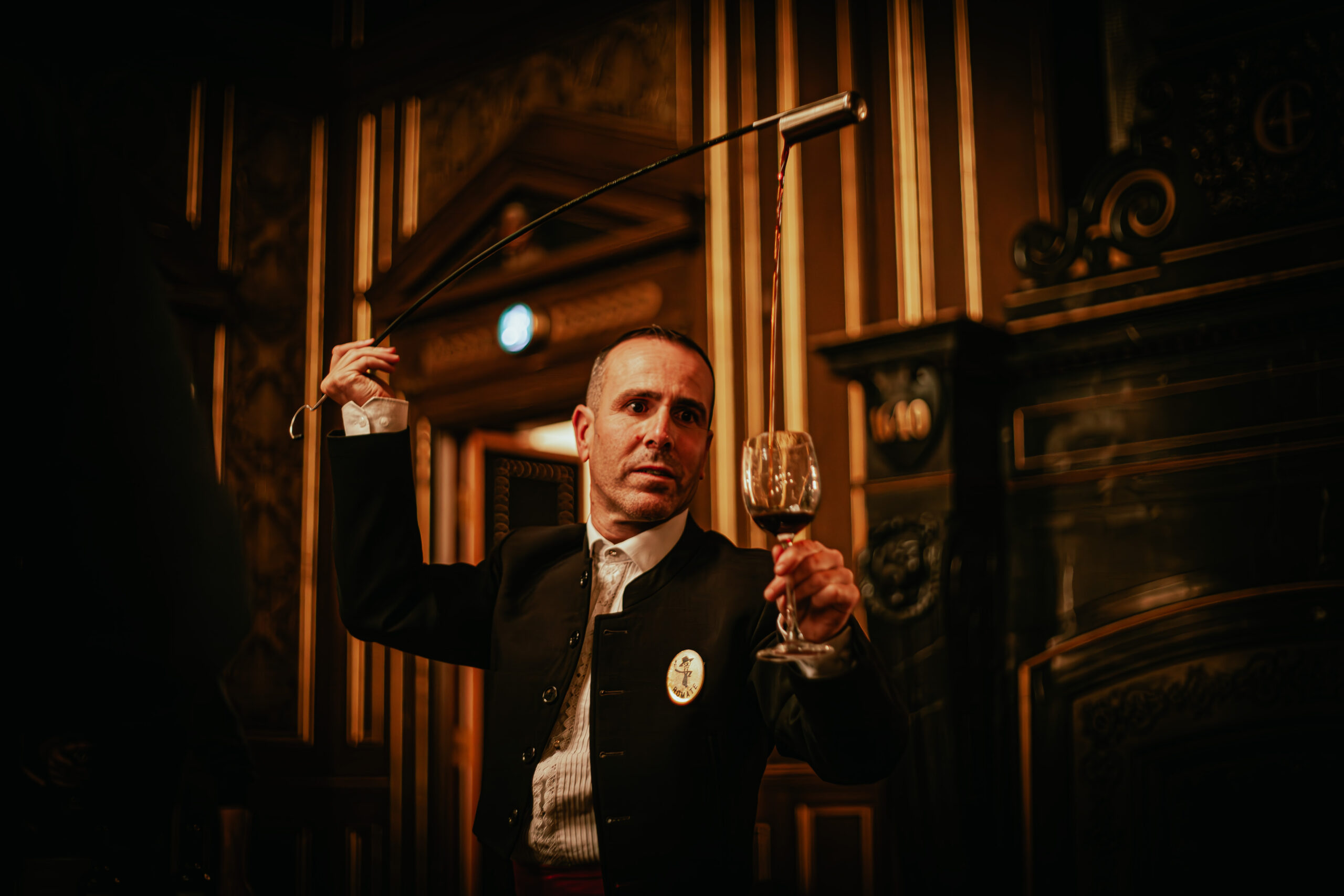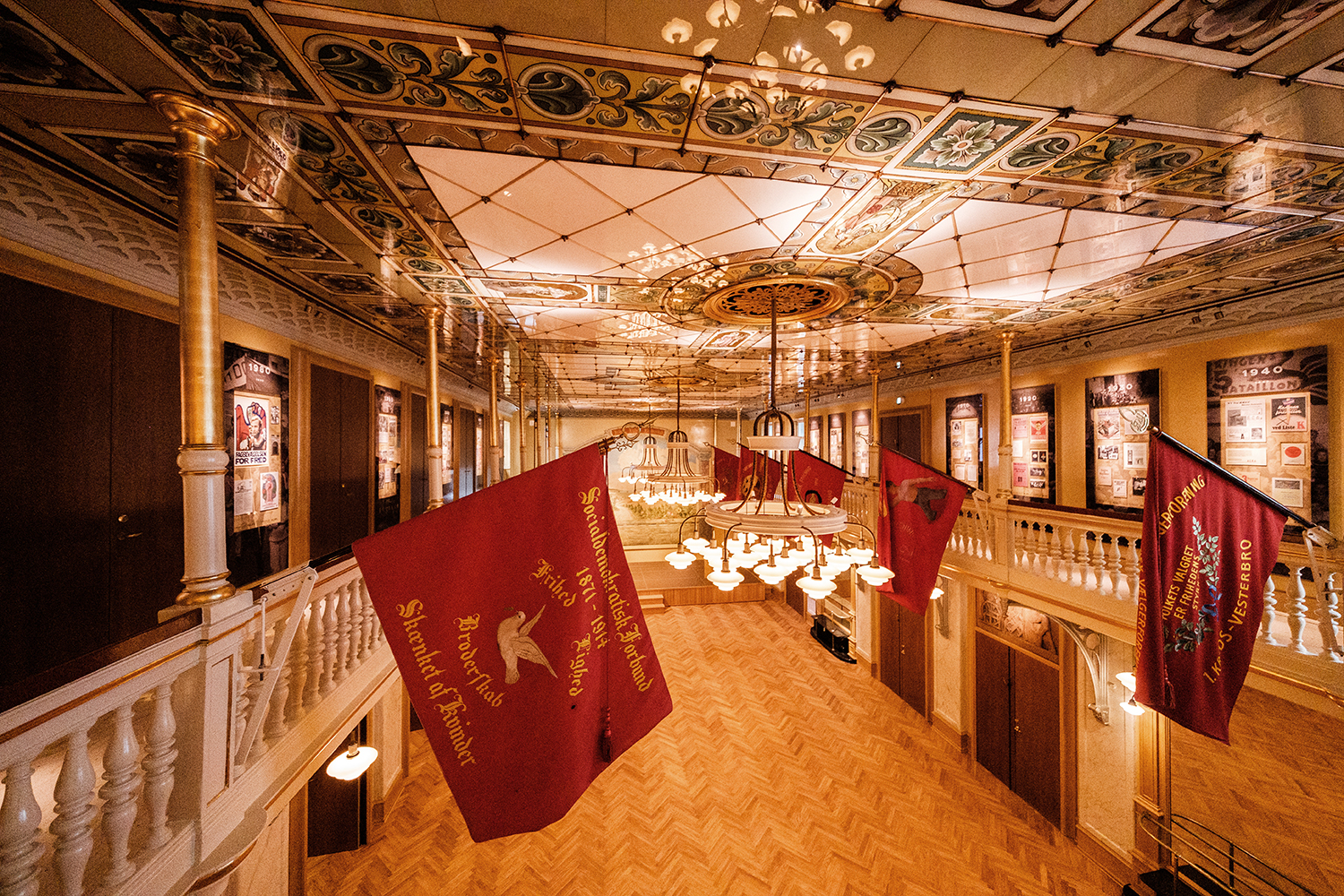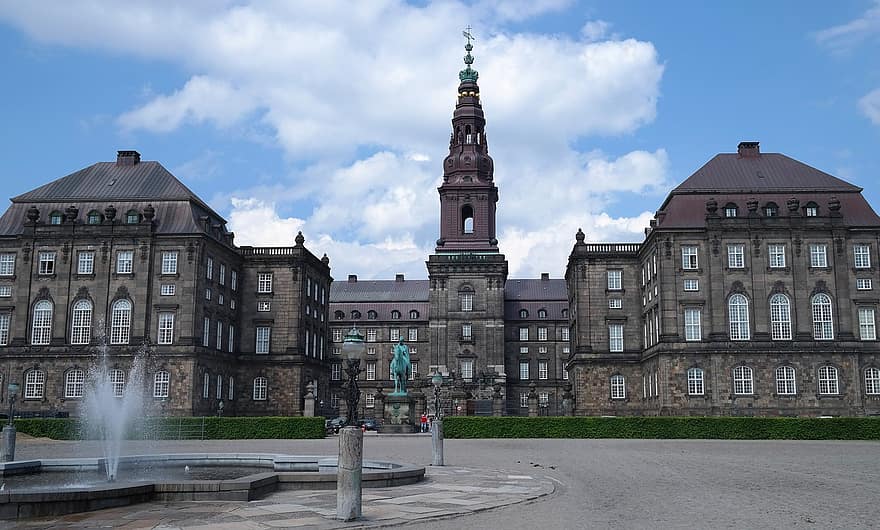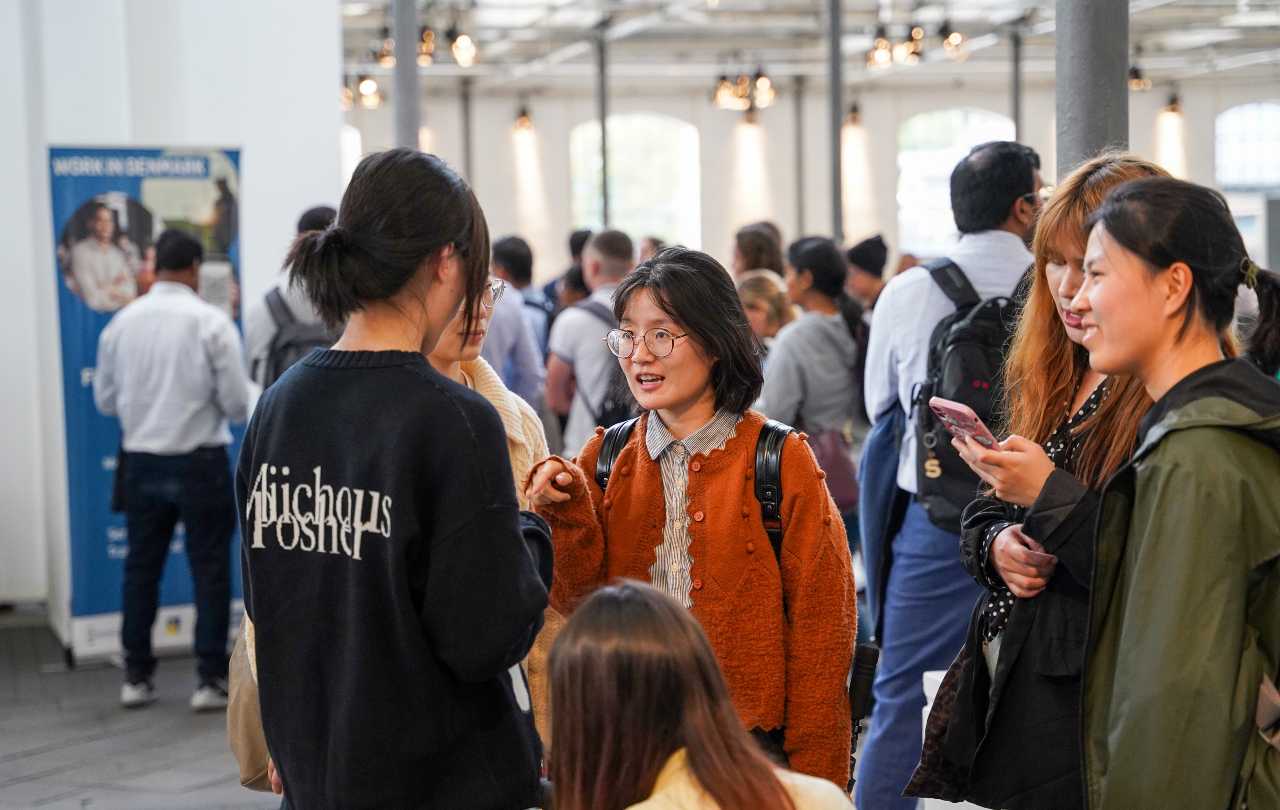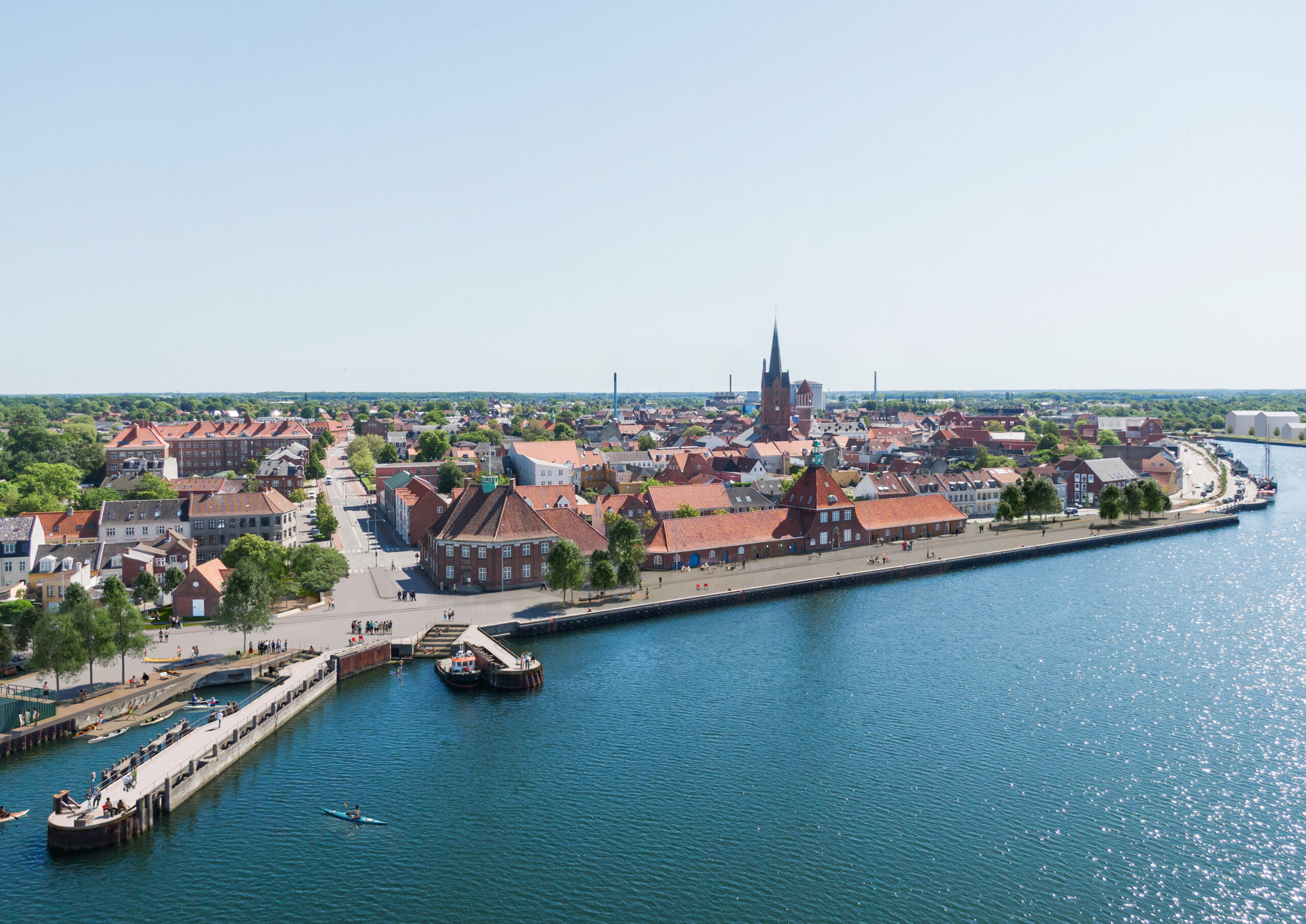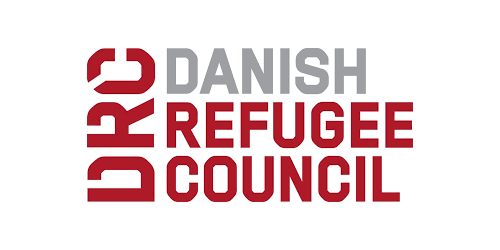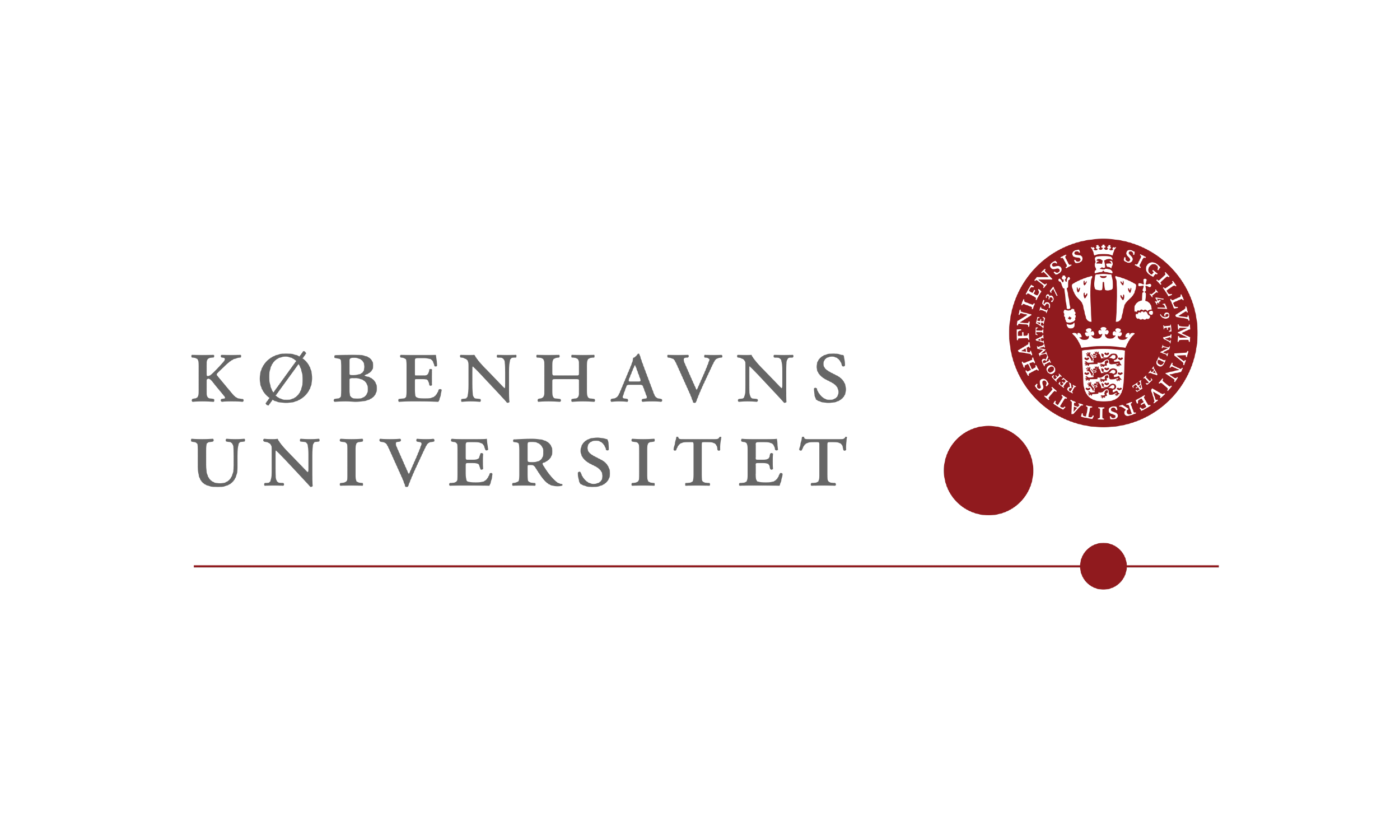A new Danish study has revealed that the adolescent brain remains highly sensitive to outside influence, including that of parents, teachers and peers.
“Most surprisingly, the negative social experiences of adolescent children are even more destructive than within 1,000 days after birth,” said Signe Hald Andersen, research professor and deputy head of Rockwool Fondens Forskningsenhed, to TV2.
In particular, said Andersen, negative experiences such as parental unemployment, crime, mental illness, and death can have a long-term impact on the adolescent brain. On the flip side, however, the sensitivity of the adolescent brain provides an opportunity to address early childhood trauma.
“Even if a child has had a difficult start in life, we have a new window later to make a difference for the child,” said Andersen.
More social resources needed to help teenagers
Experts agree that childhood is a crucial period of development and, accordingly, a great deal of attention has been paid to early childhood intervention in health care practice and research.
However, John Mejlgren, a counselor that works with teenagers, is calling for greater attention to be paid to the formative years of adolescence.
“This requires at least five to ten times more funding than the municipalities currently provide. Therefore, support for youth development is not sufficiently prioritised,” said Mejlgren to TV2.
Andersen, one of the researchers behind the study, hopes her team’s work will encourage parents, teachers and other adults to pay greater attention to the healthy development of young people.


